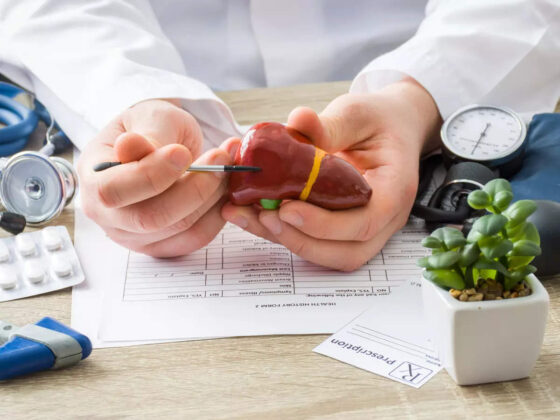The fear of COVID-19 infection has increased the dosage of antibiotics, leading to Antimicrobial Resistance or AMR which means that by taking frequent antibiotics the body gets immune to the drugs and they do not perform in the required manner i.e, protecting against the disease. This leads to AMR which itself is deadly if not diagnosed or treated on time. Dr. Patrick R. Murray – Vice President, Scientific Affairs, Medical Affairs, BD –explains Antimicrobial Resistance (AMR) and its relation with COVID-19.

What is Antimicrobial Resistance (AMR) and what impact COVID-19 will have?
Dr. Patrick R. Murray: AMR refers to antibiotic resistance in bacteria and fungi. Most commonly this term is applied to organisms resistant to multiple antibiotics, for example, resistance to all the penicillins, cephalosporins, and carbapenems. We have seen that most COVID-19 patients in the hospital are being treated empirically with broad-spectrum antibiotics. Because of the widespread use of these antibiotics, the patients are more susceptible to develop infections with AMR organisms.
Also is there any estimated figure to show by what percentage it will increase post this pandemic?
Dr. Patrick R. Murray: That would be speculative.
Why COVID-19 patients are at more risk?
Dr. Patrick R. Murray: COVID-19 patients are sicker, in the hospitals for a prolonged period of time, frequently are receiving mechanical ventilation, have intravenous lines and urinary catheters, and could be treated with immunosuppressive drugs. All these pose increased risk factors for secondary infections with AMR bacteria and fungi.
ALSO READ | COVID-19: How Often Do We Touch Our Faces? How To Stop It?
Is the risk factor same for each and every person infected with the deadly disease?
Dr. Patrick R. Murray: The sicker COVID-19 patients and those with the risk factors listed above are at increased risk. Additionally, elderly patients have prolonged, complicated course of infection with SARS-CoV-2 and they are at increased risk of developing a secondary infection.
Are there any symptoms of AMR and how can it be diagnosed?
Dr. Patrick R. Murray: Sepsis caused by COVID-19 and AMR organisms cannot be differentiated by clinical symptoms alone. Specific diagnostics tests such as blood cultures must be used to identify AMR infections.
What are the chances of getting cured? Throw some light on the time frame. Also what care one needs to take?
Dr. Patrick R. Murray: The management of COVID-19 patients with AMR infections is complicated. It is known that the majority of COVID-19 patients who died have secondary infections, many times caused by AMR organisms.
Considering the number of deaths, AMR should be a top priority for every government. What according to you are the steps that govt should take?
Dr. Patrick R. Murray: It is always easier to prevent infections than to treat infections so implementation of well-established infection prevention programs is imperative. Additionally, the judicious use of antibiotics (antibiotic stewardship) should be guided by data collected nationally and regionally, and enforced by rigorous stewardship programs. There should be monetary rewards for doing the right things and corresponding financial punishment for failures in appropriate patient management. Because secondary infections have both a healthcare and financial impact, the use of rapid, accurate diagnostics should be a routine aspect of the management of patients at risk for secondary infections.
How technology can be used in the treatment of AMR?
Dr. Patrick R. Murray: The most effective way to treat AMR infections is to rapidly move from empiric therapy to therapy directed by the identification (ID) of the patient’s pathogen and determination of the most effective antibiotics by antimicrobial susceptibility tests (AST). Rapid ID and AST methods exist today and should be implemented in all laboratories. Additionally, laboratories should make diagnosis of pathogens responsible for sepsis a priority and adopt workflow practices that enable rapid, accurate test results.











